Building a Self-Governing People: Civics & US History for Middle School
About the Resource
This nine-unit U.S. history and civics curriculum empowers middle school students to explore how Americans have worked to create and sustain a self-governing, free society. Through scaffolded Document-Based Question (DBQ) assessments, students analyze key events, people, and ideas while practicing historical thinking and civic reasoning.
The curriculum emphasizes the Founding Principles and civic virtues that have guided the nation across time, helping students connect the past to their present and future roles as engaged citizens.
Sequested Scope and Sequence
Developed by the Institute’s Content team, explore our suggested Scope and Sequence. It is broken up into four quarters, each containing eight weeks of material.
9 Units
 Unit
UnitUnit 1: The Colonial World (1607-1763)
What were the challenges faced by early settlers, how did colonial societies develop, and what role did the growing tensions with Britain play?
 Unit
UnitUnit 2: American Revolution (1763-1783)
What were the circumstances that led to the American Revolution?
 Unit
UnitUnit 3: Constitution and Ratification 1787-1791
What problems did the new nation face under the Articles of Confederation and why was the creation of the Constitution proposed as a solution?
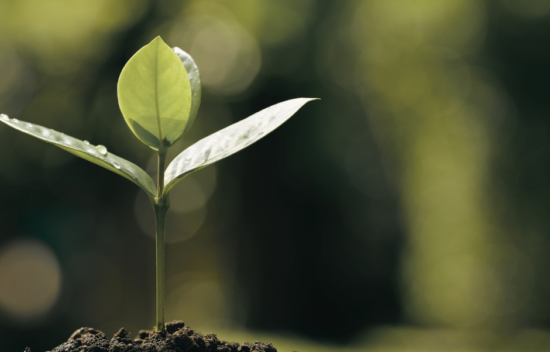 Unit
UnitUnit 4: Civic and Constitutional Life
How can understanding the principles of the Constitution help citizens participate effectively in a democratic society?
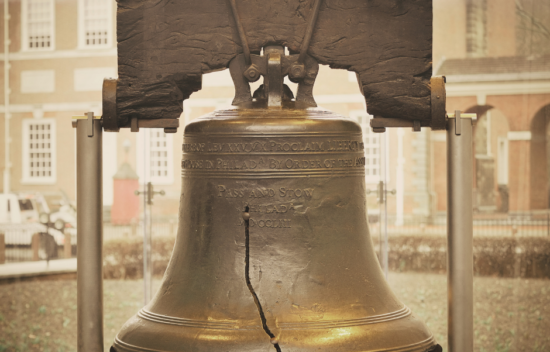 Unit
UnitUnit 5: Early Republic (1789-1815)
How did the Constitution influence decisions in the Early Republic?
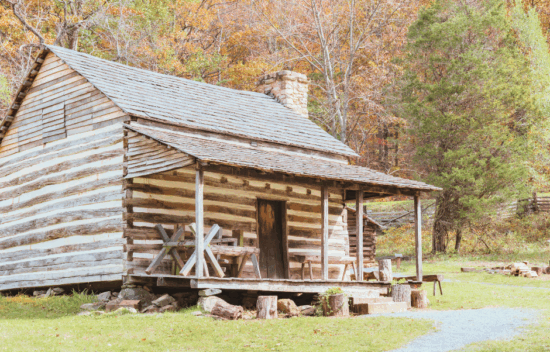 Unit
UnitUnit 6: America in Transition (1815-1860)
How did Americans and democratic institutions respond to the rapid economic changes of the early nineteenth century?
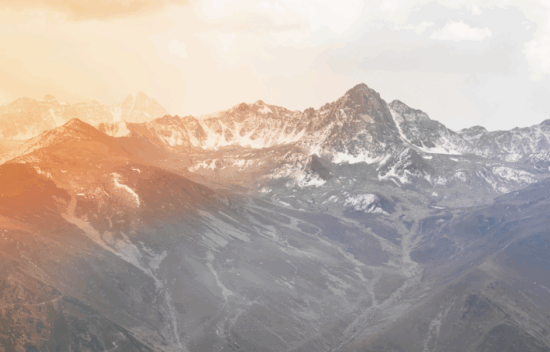 Unit
UnitUnit 7: American Expansion (1830-1860)
How did the drive for territorial expansion shape the nation’s identity and create new challenges for the United States?
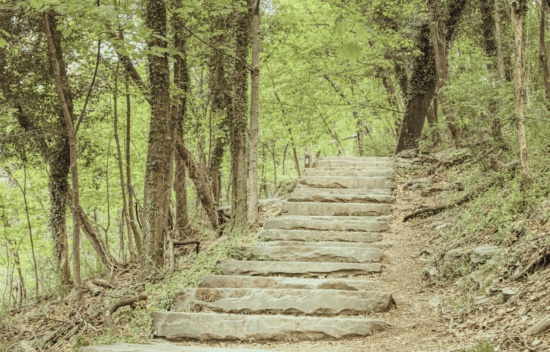 Unit
UnitUnit 8: Civil War (1860-1865)
How did fundamental disagreements over slavery and its expansion lead to a devastating civil war that transformed the United States?
8 Videos
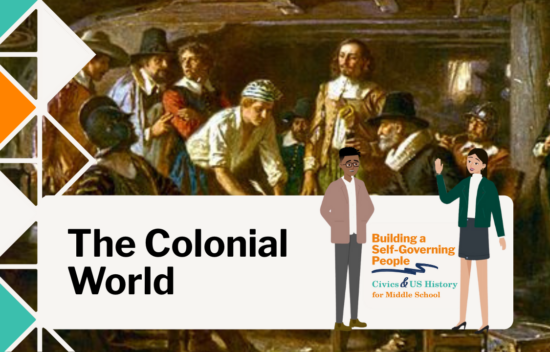 Video
VideoThe Colonial World | Civics and U.S. History for Middle School Video
In this middle school history lesson, travel back to 1620 to examine how early American colonists took their first steps toward self-government. Using the painting Mayflower Compact 1620 by John Leone Jerome Ferris, students explore how pilgrims and other settlers aboard the Mayflower created a social contract that laid the foundation for democratic rule in the New World. How did different groups in the American colonies establish and practice self-government? Through guided historical thinking, students begin to craft a thesis and support it with reasoning, key skills they'll apply in the unit’s scaffolded Document-Based Question (DBQ) assessment.
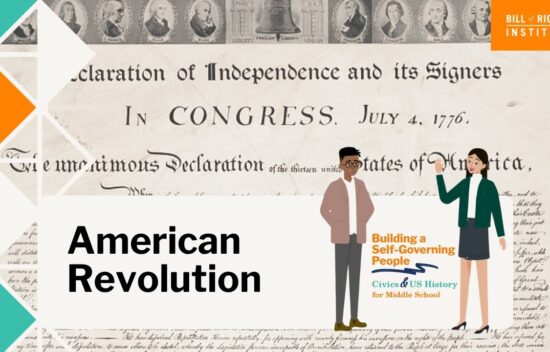 Video
VideoAmerican Revolution | Civics and U.S. History for Middle School Video
In this middle school history lesson, students explore the growing tension between Britain and the American colonies in the decades leading up to the American Revolution. Using four key documents, the Stamp Act Resolves, the Declaratory Act, and the Declaration of Independence, students investigate how different perspectives on taxation and representation fueled a foundational debate about self-governance. How did British and colonial perspectives on self-governance compare in the decades leading up to the American Revolution? Through guided analysis and color-coded document comparison, students uncover the themes that shaped this revolutionary moment. They’ll practice crafting a thesis supported by evidence, essential skills for completing the unit’s scaffolded Document-Based Question (DBQ) assessment.
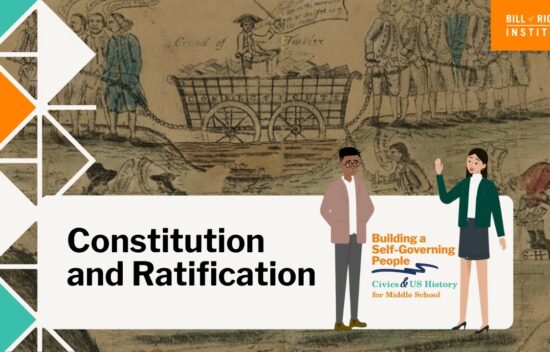 Video
VideoConstitution and Ratification | Civics and U.S. History for Middle School
In this middle school history lesson, students explore the debate over ratifying the U.S. Constitution by analyzing Amos Doolittle’s political cartoon The Looking Glass. Through careful examination of the image’s symbolism, captions, and context, students uncover how Federalists and Anti-Federalists clashed over the principles of government power, federalism, and liberty. What were the principles behind the new Constitution, and how did they shape the national debate? Guided by the VIEW method—Voice, Intent, Environment, and Who—students learn to decode historical documents and evaluate competing political perspectives. By crafting a thesis and using visual evidence, students sharpen essential historical thinking and civic reasoning skills.
 Video
VideoCivics and Constitutional Life | Civics and U.S. History for Middle School
In this middle school history lesson, students explore Theodore Roosevelt’s 1883 speech The Duties of American Citizenship. Delivered while he was still a New York State Assemblyman, Roosevelt’s words challenged Americans to take their civic responsibilities seriously, and his call to action still resonates today. What does it mean to be an active citizen, and how do the principles of the Constitution guide that responsibility? Using the VIEW method (Voice, Intent, Environment, and Who), students analyze Roosevelt’s speech to uncover his message about civic virtue, political participation, and working together for the common good.
 Video
VideoAmerica in Transition | Civics and U.S. History for Middle School
In this middle school civics and history lesson, students explore the painting County Election by George Caleb Bingham to uncover how American democracy evolved during the early 19th century. Through vivid imagery of voters, politicians, and everyday citizens, Bingham captured both the promise and the challenges of democratic participation in a rapidly changing society. How did Americans and democratic institutions respond to the rapid economic changes of the early 19th century? Using the VIEW method (Voice, Intent, Environment, and Who), students analyze Bingham’s perspective as both an artist and politician to understand how Americans debated freedom, responsibility, and inclusion in a growing democracy.
 Video
VideoAmerican Expansion | Civics and U.S. History for Middle School
In this middle school history lesson, step into one of the most transformative moments in American history, Westward Expansion. Using Alfred Rudolph Waud’s The Last Mile of the Pacific Railroad 1869, students explore how the completion of the Transcontinental Railroad connected the nation from coast to coast, symbolizing both extraordinary progress and the immense human cost of expansion. How did the drive for territorial expansion shape America’s identity and create new challenges for the United States? Through guided historical thinking, students analyze this powerful artwork as evidence, develop historical context, and craft a thesis supported by reasoning, skills they’ll apply in the unit’s scaffolded Document-Based Question (DBQ) assessment.
 Video
VideoCivil War | Civics and U.S. History for Middle School
In this middle school history lesson, step into the years surrounding Abraham Lincoln’s 1860 election to explore how the nation fractured over slavery and its expansion. Using Thomas Nast’s political cartoon The President’s Inaugural, students analyze how one powerful image captured the sharply divided perspectives of the North and South on the Civil War. Through the VIEW method, Voice, Intent, Environment, and Who, students uncover how differing interpretations of Lincoln’s leadership reflected deeper tensions about freedom, justice, and national unity. By examining historical context, symbolism, and audience, students develop historical thinking skills that guide them in crafting a thesis and supporting it with evidence for the unit’s Document-Based Question (DBQ) assessment.
 Video
VideoReconstruction | Civics and U.S. History for Middle School
In this middle school history lesson, explore the Reconstruction era that followed the Civil War. Using Thomas Nast’s 1874 political cartoon The Union as It Was and the Currier and Ives lithograph The First Colored Senators and Representatives, students analyze how art captured both the progress and the resistance that defined the nation’s attempt to rebuild. Students use DBQ methods to guide their thinking: Group, VIEW, Evidence, Context, Thesis. By categorizing sources, applying the VIEW analysis, pulling direct evidence, adding historical context, and writing a clear thesis, students learn to make evidence-based arguments about how successful Reconstruction was in ensuring equality and rebuilding the nation.
